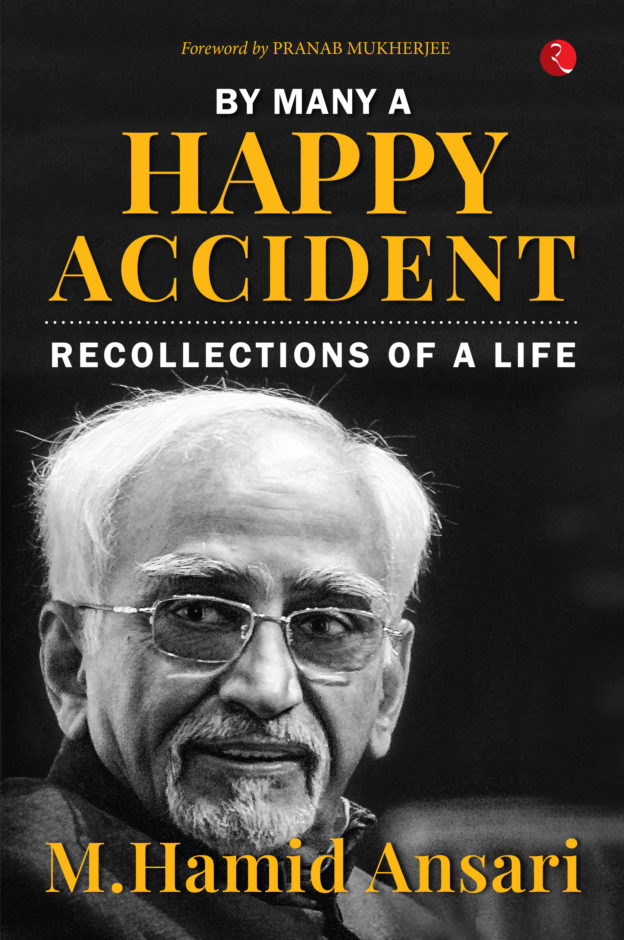A History of India (Vol. III): From the Nehru Era to the Neoliberal Age (1947-2014)
no information available
This volume – the third and conclusive one of a history of India since the early human settlements – examines the political economic and social evolution of India from independence to the 2014 general election. It argues that the period is subdivided into two main phases the Longer Nehruvian Era which extended well after Nehru’s death in 1964 and the Neoliberal Age. The book shows that the Longer Nehruvian Era was articulated in two stages. In the first which ended with Nehru’s death the features which characterized India until the late 1980s and early 1990s came into being. The main ones were a secular democracy a dominantparty system and an economy where the state played a crucially important economic role. The second stage of the longer Nehruvian era was characterized by the decline of these characterizing features which however were still in place at the end of the 1980s. The years 19891991 – here examined in depth – saw the tumultuous transition to a new historical phase. This new phase the Neoliberal Age was characterized by the eclipse of the dominant party system and the implementation of neoliberal economic policies. The neoliberal policies speeded up development but in spite of some governmental efforts to protect the lower social strata widened social and economic disparities. The Neoliberal Age was also characterized by the rise of Hindutva. Already in power in the years 19992004 it made a comeback in the 2014 general election whose detailed analysis concludes this volume. About the Author Michelguglielmo Torri a former Harkness Fellow a retired full professor Asian History (University of Turin) presently the president of ‘Asia Maior an Italian think tank on Asia’ is the doyen of the Italian historians working on South Asia. He has widely published in Italian and English. Some of his articles have appeared in ‘Asian Survey’ the ‘Economic and Political Weekly’ the ‘Journal of the Royal Asiatic Society’ ‘Modern Asian Studies’ ‘Studies in History’ and ‘The Indian Economic and Social History Review’.
... Read more Read less










